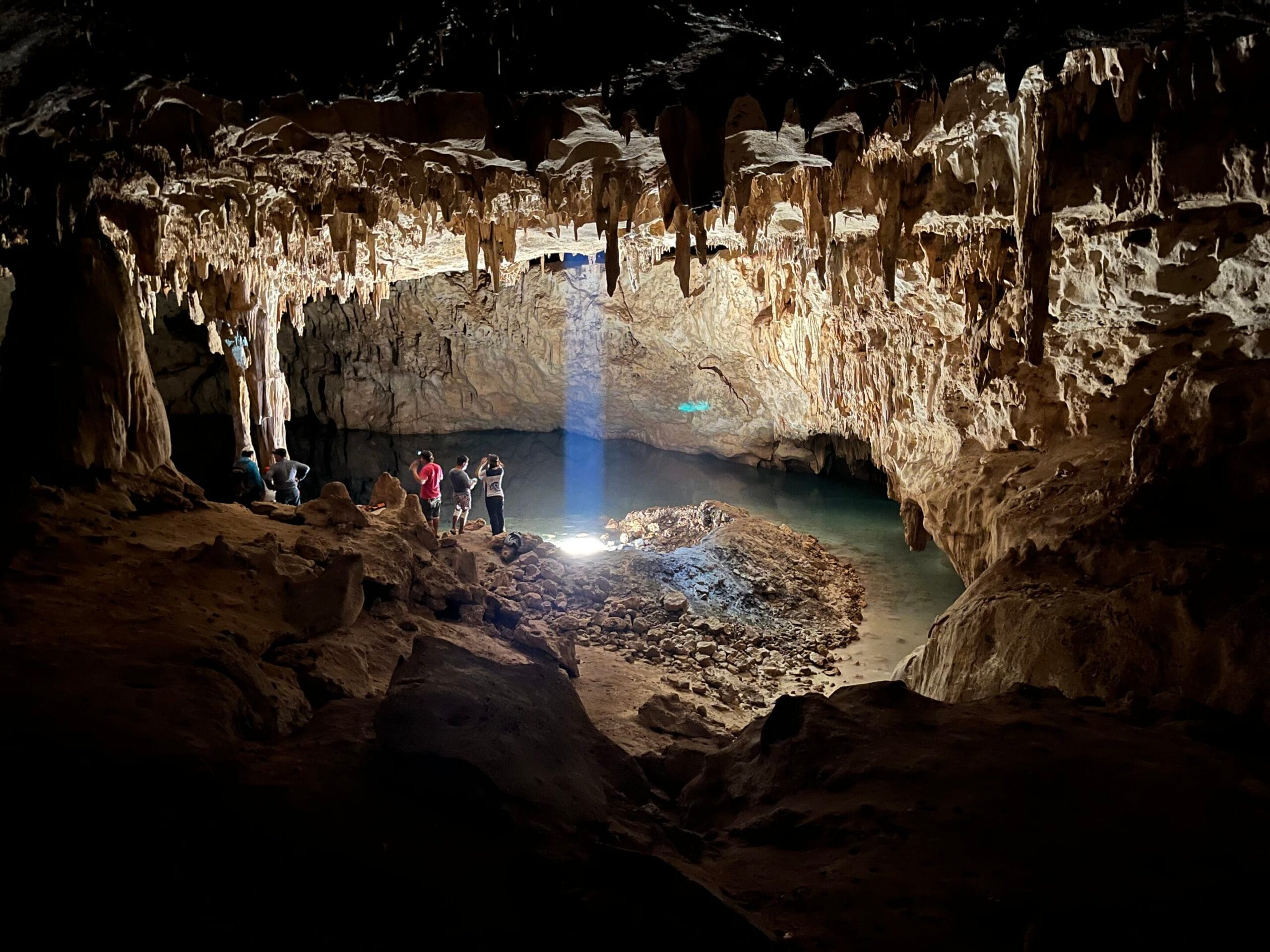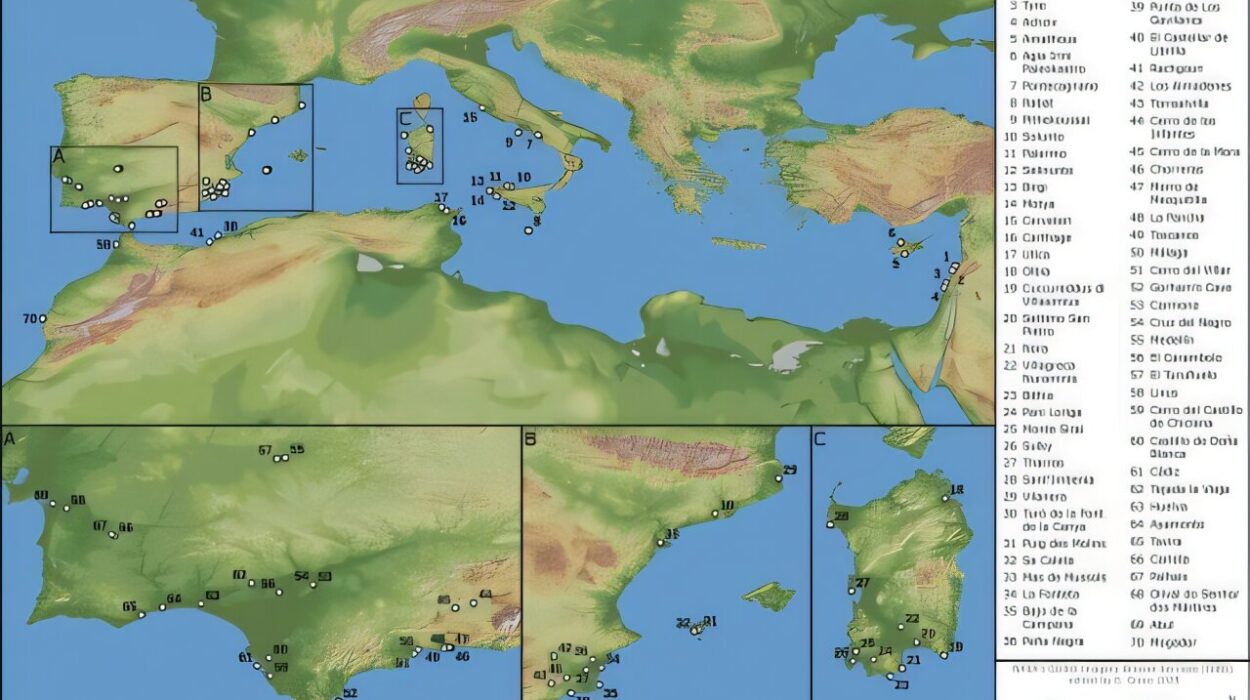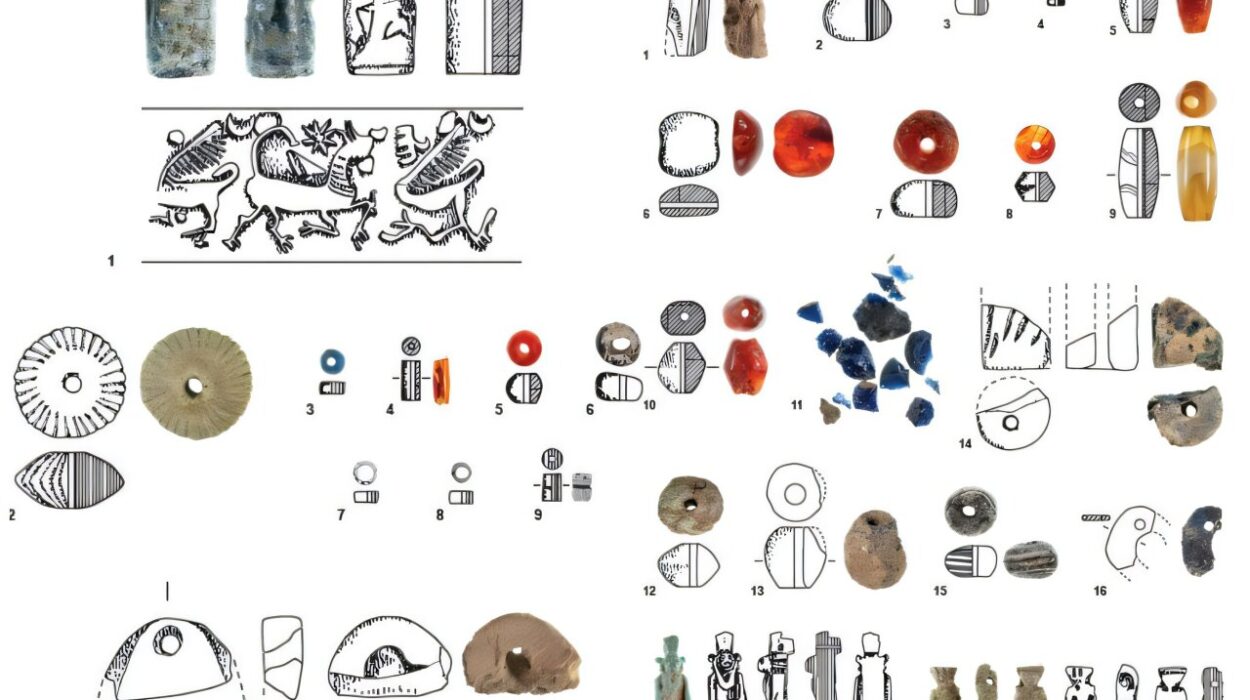Over a thousand years ago, the Classic Maya civilization thrived across present-day Mexico, Guatemala, Belize, and Honduras. They built soaring pyramids, developed sophisticated writing and mathematics, and tracked the heavens with a precision rivaling modern astronomy. But by the late 9th century CE, something began to change. Cities in the southern lowlands were abandoned. Political dynasties collapsed. Monument construction halted.
Historians and archaeologists have long debated why this “Maya collapse” occurred. Theories have ranged from warfare and shifting trade routes to environmental destruction. Now, new research points to one particularly powerful culprit: a series of devastating droughts, including one that lasted for an astonishing thirteen consecutive years.
Reading the Past in Stone
The key evidence for this climate catastrophe was hidden deep inside a cave in Mexico’s Yucatán Peninsula. There, a stalagmite — a mineral formation growing upward from the cave floor — preserved a record of centuries of rainfall, layer by layer, like pages in a book.
Each year, water dripping from the cave ceiling carried tiny chemical clues about the outside world. In wet years, oxygen isotopes in the calcite layers formed in one pattern; in dry years, the pattern changed. By analyzing these isotopes with extraordinary precision, researchers from the University of Cambridge and their international collaborators were able to reconstruct rainfall during both wet and dry seasons between 871 and 1021 CE.
This level of detail is unprecedented. “This is the first time we’ve been able to isolate rainfall conditions for individual wet and dry seasons during the Terminal Classic period,” explained lead author Dr. Daniel H. James, who conducted the research at Cambridge. “It’s a new window into the climate reality the Maya faced.”
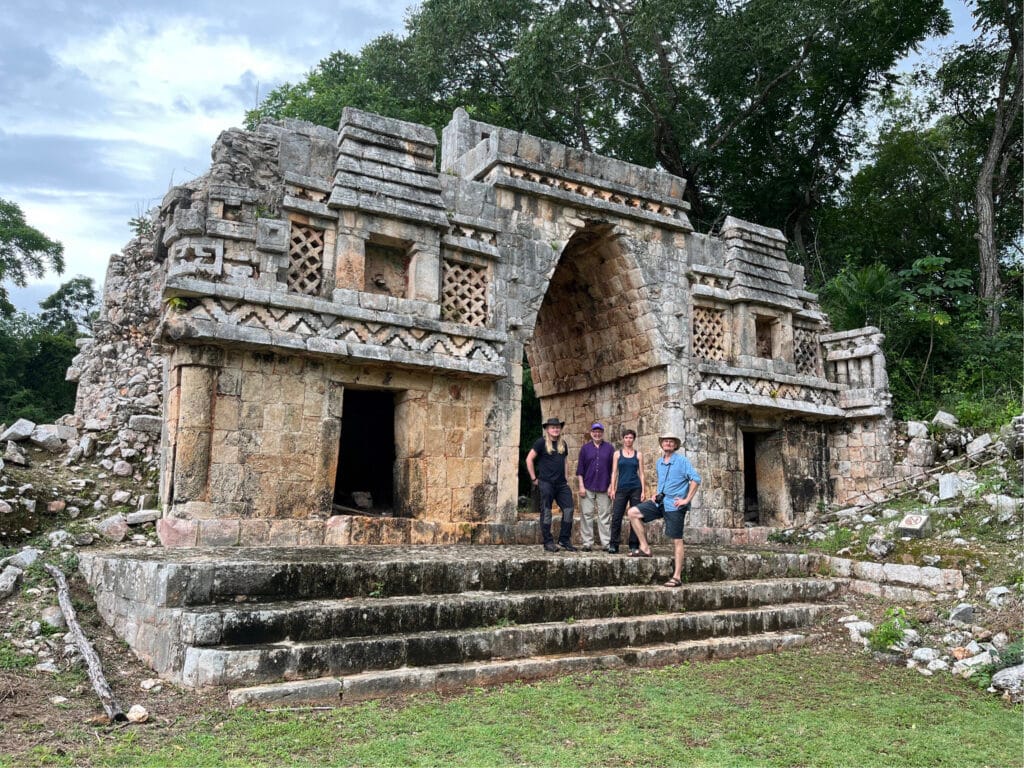
Eight Multi-Year Droughts, One Lasting Thirteen Years
The results, published in Science Advances, are sobering. Between 871 and 1021 CE, the researchers identified eight separate wet-season droughts lasting at least three years each. The longest — a relentless, crop-killing dry spell — stretched over thirteen years.
Wet-season droughts are especially destructive because they directly affect the planting and growth of staple crops like maize. “Knowing annual average rainfall isn’t enough,” said James. “It’s the wet-season failure that determines whether crops succeed or fail.”
Even the advanced water storage and irrigation systems of the Maya would have struggled against such prolonged shortages. In a society where agriculture was the backbone of political and economic stability, these climate shocks would have been devastating.

Echoes in the Archaeological Record
The climate timeline from the stalagmite matches eerily well with archaeological evidence. During prolonged droughts, inscriptions on monuments at major northern cities like Chichén Itzá abruptly stop. These inscriptions were often records of political events, royal ceremonies, or alliances — signs of a functioning, confident society. Their disappearance suggests a shift in priorities.
“This doesn’t necessarily mean people abandoned Chichén Itzá entirely during these droughts,” James cautioned. “But they likely had more urgent concerns than carving monuments — like whether they could feed their people.”
A Sharper Tool for Studying the Past
Previous climate studies of the Maya collapse often relied on lake sediments, which provide only broad, averaged records of rainfall over decades or centuries. The new stalagmite analysis offers a year-by-year — even season-by-season — climate diary.
This fine-grained resolution is crucial for connecting climate change to human events. “Lake sediments are great for the big picture,” said James. “But stalagmites let us see the immediate, on-the-ground impacts of drought on specific years and seasons.”
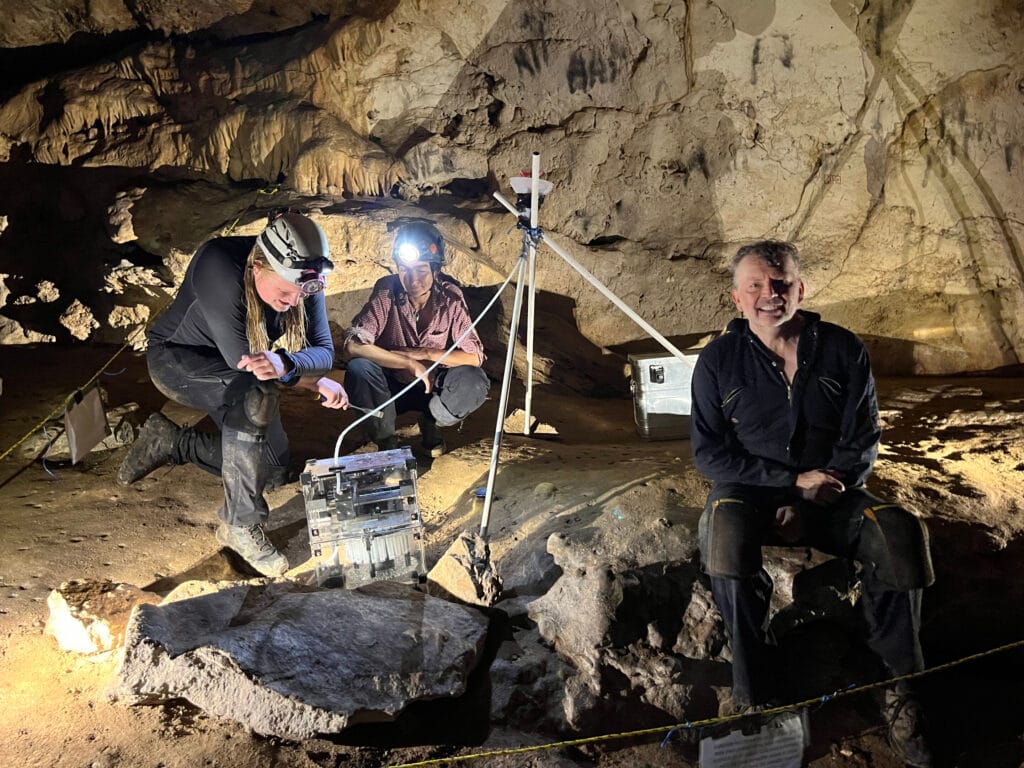
By matching these precise climate records with dated historical events — such as the last known monument inscriptions or evidence of urban decline — researchers can now explore the collapse with much greater clarity.
Lessons from the Ancient Past
The study adds to a growing body of evidence that climate stress played a central role in the Terminal Classic Maya decline. But it also serves as a reminder that even highly developed civilizations are vulnerable to long-term shifts in weather patterns.
“In addition to drought, stalagmites may help us understand the history of tropical storms in the region,” James noted. “This isn’t just about the past — it’s a way to see how societies respond to environmental challenges.”
As today’s world faces its own climate uncertainties, the Maya story resonates. Their fall was not sudden, nor caused by a single factor. But the thirteen-year drought etched into the Yucatán’s stone reminds us that nature’s pressures can push even the mightiest societies to the brink.
More information: Daniel James, Classic Maya Response to Multi-Year Seasonal Droughts in Northwest Yucatán, Mexico, Science Advances (2025). DOI: 10.1126/sciadv.adw7661. www.science.org/doi/10.1126/sciadv.adw7661
